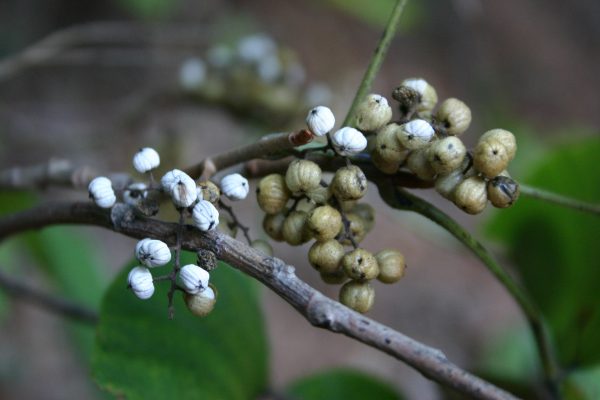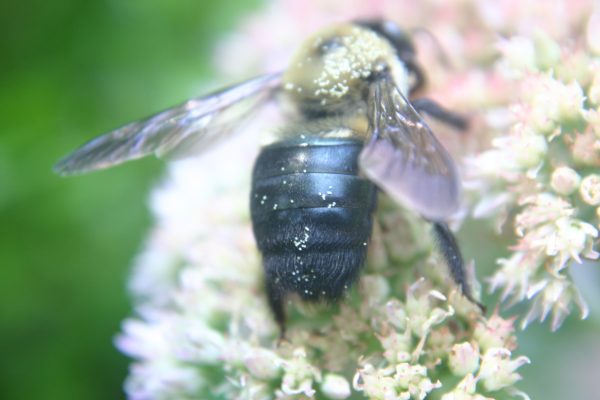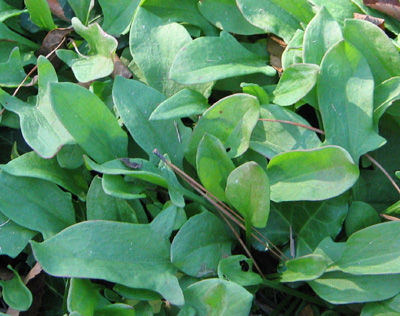Labels – Read Before Buying
Some people collect stamps. Others accumulate coins. I collect garden product labels.
I don’t actually collect the labels. Rather, I make it a habit to cruise the aisles of each garden center, nursery or home improvement store I visit, examining the labels and prices on products I find. Some connoisseurs get rich with their collection but that’s not my goal. Rather, I study the products so I can answer the myriad questions put to me by gardeners who’ve been to the same stores.
CLIPPINGS NOT COMPOSTABLE? I found a new lawn care product recently that proves my point that careful label reading is essential. The product combines fertilizer and two kinds of weed killer chemicals to provide season-long weed control. It sounded to me like a good proposition initially, until I read the ingredient label. The manufacturer includes a very effective broadleaf herbicide called clopyralid. Only small amounts of the chemical are needed to control weeds and it has very low toxicity to humans. The bad news? The label warns “Do not use grass clippings from turf treated with this product for mulch. Do not use compost made from grass clippings……”
I have taught for years the importance of using organic landscape waste as mulch for other plants. I have emphasized how beneficial compost can be for flower beds. Must I now make exceptions to my recommendations? I hope not. If you choose to use this all-in-one product you must be sure to grasscycle and leave your grass clippings, unbagged, on your lawn. If you use them in other parts of your landscape, you could hurt your plants.
BAD MATH? If you can’t make your own compost, there are several brands of soil conditioner on the market. Mixing the correct amount with your soil makes it loose, moisture-retentive and enormously productive. Applying the proper amount is critical. A dusting of organic matter on top of red clay won’t do anything to improve the soil. Most experts recommend tilling a two or three inch thick layer of organic matter six inches deep into the earth.
I was gratified to find the instructions on a bag of a well-known soil conditioner recommend a three inch application layer. So far so good. What took me aback was the statement afterwards that “One cubic foot applied 3″ deep will cover approximately an area 8 sq. feet.” Simple math tells us that a cubic foot of material will cover four square feet, not eight. Since the bag contains two cubic feet of conditioner, a bag will cover eight square feet properly.
SAME INGREDIENTS? SAVE MONEY! I visited the garden products aisle of a large discount store recently, checking to see if they had any products I’d missed at local nurseries. The store has a house brand of non-selective weed killer that contains diquat and fluazifop. A ready-to-use gallon costs $6.99. Right beside this product was another non-selective weed killer, having a different brand name. Same ingredients? Yep – down to the last tenth of a percent. Same price? Nope – the second product cost $8.99, a twenty eight percent disparity. Other than the price, there is no difference between the two herbicides – they are probably manufactured and packaged in the same plant. I grabbed the cheaper one…and then nabbed a second one because the price was too good to pass up!
You might think that if I truly wanted to be helpful, I’d name the products I’ve singled out in this article. But I decided it would be better if I applied a little tough love to the situation. My point is that it is always important to read labels. I’ve given you clues – now you go find the answers! Maybe you’ll start the habit of regularly reading labels to make discoveries which improve your garden habits.















